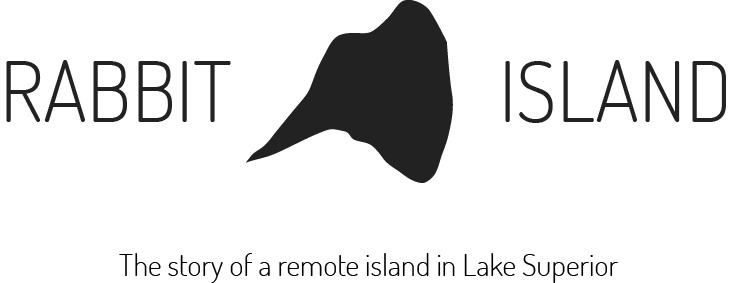RABBIT ISLAND 2015: RESIDENCY EXHIBITION
Opening Reception
September 25th 6-8pm
DeVos Art Museum (Map)
The Rabbit Island Residency, located on a remote island in Lake Superior, unofficially launched in 2010. For the last four years the DeVos Art Museum has partnered with the Residency to present public programs and exhibitions featuring the artists in residence from the current summer.
This exhibition marks the second year offering artists supported residencies from an open call for applications. Artists and designers from 31 countries working in visual art, literature, music and performance submitted over 200 applications and project ideas. The 2015 exhibition highlights the work of five artists, composers and writers selected for supported residencies this year. Each resident spent 2—4 weeks on the island between June and September. All artists will be in attendance for the show opening.
The work displayed is a mix of previous work informing the artist’s practice leading up to the residency and new work created while in residence or immediately after. Hand drawn sketches and musical compositions made on the island, in-progress drawings and paintings that were continued after the residency and lightboxes made in the few weeks before the exhibition demonstrates the powerful impact this unique residency experience has on creative practice.
Eugene Birman and Scott Diel were the first residents of 2015, arriving in June and staying for over two weeks. Birman is a Latvian-born composer based in Oakland, California. He received his M.M. in Music Composition from the Juilliard School, a B.A. in Economics from Columbia, and recently received a D.Phil in Musical Composition from Oxford University. Diel is an American-born writer based in Tallinn, Estonia, who has freelanced widely. The two have previously collaborated on several operas to critical acclaim. Their recent work, Nostra Culpa, eclectically weaves together the global debate surrounding post-financial crash austerity and a Twitter feud between a Nobel laureate columnist from the New York Times and the president of Estonia. Their unlikely inspiration results from a desire to step away from the formal opera genre and engage a wider audience with classical music that investigates contemporary issues. The exhibition will feature a continuous screening of Nostra Culpa as well as sketches from a new opera about economic disparity titled State of the Union. State of the Union will debut in Marquette in September 2016, performed by the Helsinki Chamber Choir (Helsinki, Finland).
Beau Carey, a landscape painter from Albuquerque, New Mexico, spent nearly three weeks on the island in July. Carey embeds himself in challenging environments to experience and record a sense of place, often uncovering historical and contemporary issues through his interaction with landscape. Carey has travelled extensively to remote places to pursue such practice, including the Arctic Circle in Norway and Denali National Park. He has created bodies of work set in ecologically contentious open spaces such as the Rocky Mountain Arsenal National Wildlife Refuge. Carey received an MFA from the University of New Mexico, where he currently teaches.
Israeli composer and performer Noam Enbar spent over two weeks in residence in late July. Based in Tel Aviv, Enbar formed anti-establishment band Habiluim in 2003, which became one of the main radical voices in the Israeli music scene. Enbar’s many musical projects, choral-theatrical pieces and inventive, starkly political works in collaboration with filmmaker Avi Mograbi have been performed at festivals, theaters and museums in Israel and across Europe. While in residence Enbar composed a five-piece songbook that spotlights the intersection of the political and spiritual within society. Based on writings from past Rabbit Island residents, books of poems found in the Rabbit Island library and writings by close friends, Enbar composed each song to be sung by a group of Marquette residents. The compositions are written in the style of shape notes, created in New England in the early 19th century for community singing.
Josefina Muñoz, is a multi-disciplinary artist from Santiago, Chile, was the final resident, spending nearly a month on the island in near isolation. Muñoz often works nomadically, creating pieces in and about the environments she encounters. Josefina’s seemingly disparate projects focusing on material, architecture, location, and culture come together in an overarching impulse to answer questions of global concern. Josefina’s ambitious research project Is_Land will take her to Rabbit Island, Scotland, Chiloé, and Tristan da Cunha–the most remote settled island in the world. Her goal is to create a critical body of work informed by numerous manifestation of the island concept: as space, culture, and metaphor. Muñoz received an MFA in glass from the Rhode Island School of Design.
A full color catalogue, designed by Edwin Carter, will be available in the museum. This exhibition is supported in part by an award from the Michigan Council for the Arts and Cultural Affairs and the National Endowment for the Arts.
